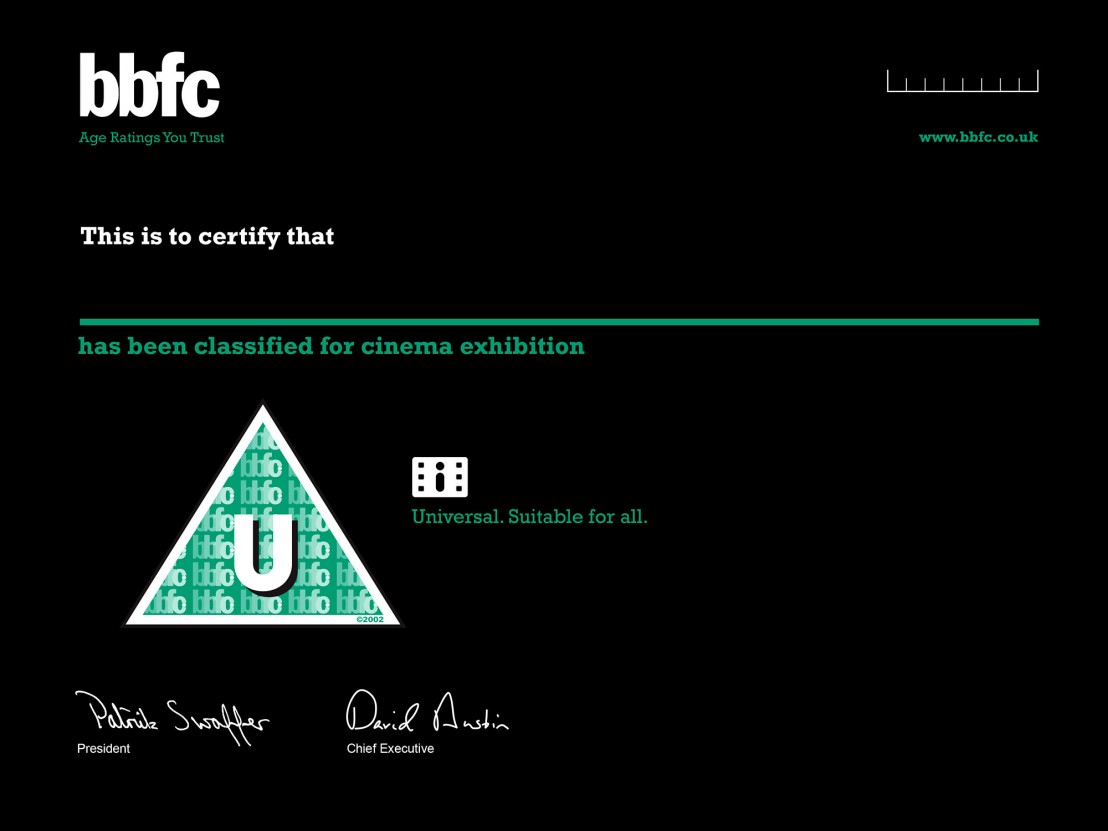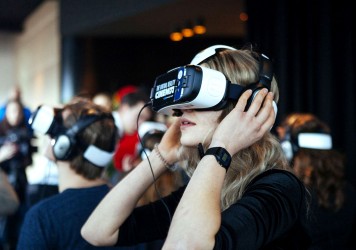
In a world where movies can be viewed at the tap of a finger, film regulators are broadening their scope. The British Board of Film Classification (BBFC) is a non-governmental organisation, primarily responsible for the national classification and censorship of films exhibited at cinemas. Today, it published its Annual Report, which includes detail on public feedback about film age ratings and the job of applying age ratings to films and TV series on VOD platforms.
Online exhibition platforms have become ubiquitous, and parents are keen to ensure that their content is classified. BBFC Chief Executive David Austin explains: “In 2015 we saw our range of services continue to diversify, reflecting public expectation for the same trusted guidance available for film and DVD/Blu-ray, to be similarly available online.” BBFC statistics reflect an increased demand for age ratings on VOD content and greater protection using mobile phones. According to the report, last year 85 per cent of parents said it was important to have consistent classifications both online and offline, while three quarters of parents want to link parental controls to classifications, and for more platforms to carry age ratings and content advice.
The BBFC has responded to these demands by working closely with the digital home entertainment industry to bring more age ratings to VOD platforms. Take the Ellie Goulding song ‘Love Me Like You Do’ from the Fifty Shades of Grey soundtrack. The video, which contains several excerpts from the erotic film, was rated 15 for “strong sex references”. Meanwhile, the BBFC has entered into a new partnership with mobile network operator EE, developing a ‘Strict’ setting based on their own PG rating. This gives parents peace of mind that the mobile device they give their child is safe and that protections are in place to help prevent them seeing unsuitable content.
But regulating the internet is tricky. In the real world, a movie theatre attendant can easily spot if a school kid is trying to get into an 18 certificate film. Online locks may work with younger children who are willing to heed their parents’ warnings, but curious, internet-savvy children will find ways to get around them, be it through incognito browser windows or other user profiles. In this instance, film classification becomes less relevant and more symbolic.
Clearly parents can no longer rely merely on locks and classifications to protect their kids. It is up to them to decide whether to open up a mature dialogue about the adult issues and themes that contribute to a film receiving a higher rating. Young people are a lot smarter than they’re often give them credit for, and it is only through thoughtful engagement with issues of sex, violence, misogyny and racism that the next generation will grow up to become considerate, respectful and tolerant adults.
Published 1 Jul 2016

By Beth Perkin
Collectives like the WFC are providing the tools to enable people around the world to create meaningful connections.

The gap between movies and video games is closing. But what will happen when the viewer has control over the script?

By Tom Bond
It’s become increasingly rare for films like Batman V Supeman: Dawn of Justice to live up to expectations.